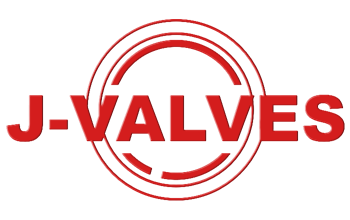
Electric Ball Valves: Design Principles, Application Areas, And Key Selection Points

Understanding Electric Ball Valves
Electric ball valves consist of a spherical ball that rotates within a valve body to control the flow of fluid. The ball is supported by a stem and can move slightly within the valve body, allowing it to seal tightly against the seat. The valve is actuated by an electric motor, which provides precise control over the valve's position.
When designing electric ball valves several factors must be considered to ensure optimal performance and reliability:
• Material Selection: The material must withstand the operating pressures, temperatures, and corrosive nature of the fluid.
• Mechanical Strength: The valve body must be robust enough to handle mechanical stresses, including potential impacts.
• Corrosion Resistance: The material should resist corrosion to ensure long-term reliability and minimal maintenance.
• Flow Dynamics: The design should minimize pressure drop and ensure efficient fluid flow.
• Electric Motor: The electric motor provides precise control over the valve's position, allowing for accurate flow control.
• Gearbox: The gearbox reduces the speed of the motor, providing the necessary torque to operate the valve.
• Limit Switches: Limit switches ensure that the valve reaches the desired position, providing precise control over the valve's operation.
• Manual Override: Many electric ball valves include a manual override mechanism, allowing the valve to be operated manually in case of power failure.
• Position Feedback: Position feedback systems provide real-time information on the valve's position, ensuring accurate control and monitoring.
• Remote Control: Remote control systems allow the valve to be operated from a distance, providing convenience and flexibility.
• Overload Protection: Overload protection mechanisms prevent damage to the motor and valve in case of excessive load.
• Fire Safety: Fire safety features ensure that the valve can withstand fire conditions without significant leakage.
• Low Emission: Low-emission designs reduce the risk of fugitive emissions, ensuring environmental compliance.
Electric ball valves are widely used in various industrial applications due to their reliability, ease of operation, and precise control. Key application areas include:
• Oil and Gas Industry: Used in pipelines, storage tanks, and processing equipment to control the flow of oil, gas, and other fluids.
• Chemical Processing: Employed in chemical plants to control the flow of corrosive chemicals and ensure process safety.
• Water Treatment: Used in water treatment plants to control the flow of water and ensure consistent water quality.• Pharmaceuticals: Employed in pharmaceutical manufacturing to ensure high purity levels and process control.













